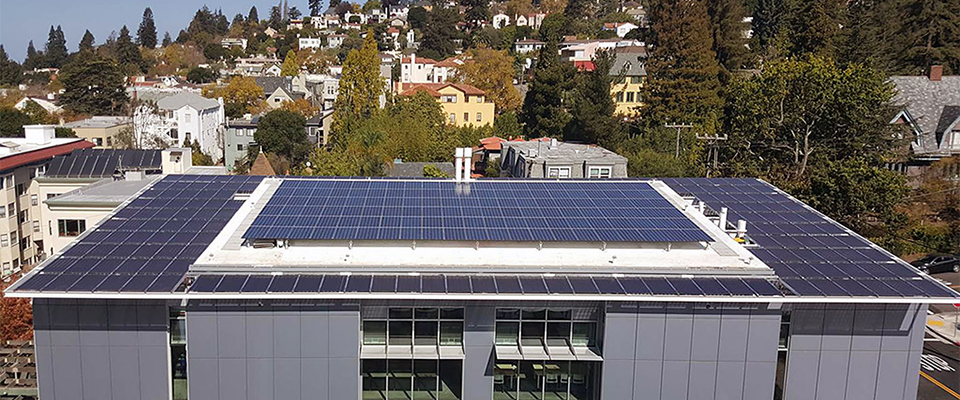These days , all the cool kids are “carbon neutral.” Presidential candidate Senator Chris Dodd is into it. So are the nation’s mayors. Even the Presbyterian Church says it will neutralize emissions. So it is only fair that the colleges and universities housing most global warming scientists take a stab at it, too.
Following the example of the U.S. Conference of Mayors’ Climate Protection Agreement, many university presidents have signed a pact agreeing to make a plan by 2009 for zeroing out campus carbon emissions. Signatories have shot up from just a few dozen in January to more than 300 in July, including the entire University of California system and 22 other California schools.
Matt St. Clair, who oversees sustainability for UC, says that 30–40 percent of U.S. emissions come from buildings. A large building on campus can cost almost $1 million per year in utilities.
Laboratories, which often run expensive equipment day and night, are the biggest energy users. And as Sam Arons, a student representative on the chancellor’s sustainability committee, points out, “A lot of buildings are just not very energy efficient.” UC campuses have made progress by simply switching from another widely used utility back to PG&E, whose energy includes more renewables. And a Berkeley lab study suggests that by simply closing the thousands of chemistry fume hoods when not in use, schools could save $1,000 per hood per year.
The Berkeley carbon footprint also includes airplane travel (11 percent), car commuting (9 percent), and campus vehicles (less than 1 percent). Then there’s energy production. “It’s not really feasible to divert all of the streams in Tilden Park and create a hydropower facility on campus,” says St. Clair. California weather lends itself to solar power, but experts say that won’t be enough to bring the carbon balance to zero. Universities have three choices: reduce use, create energy onsite, or buy credits from someone who is removing carbon from the air. In the end, like Senator Dodd, most universities will probably have to make up the difference with credits bought from environmental groups.




















